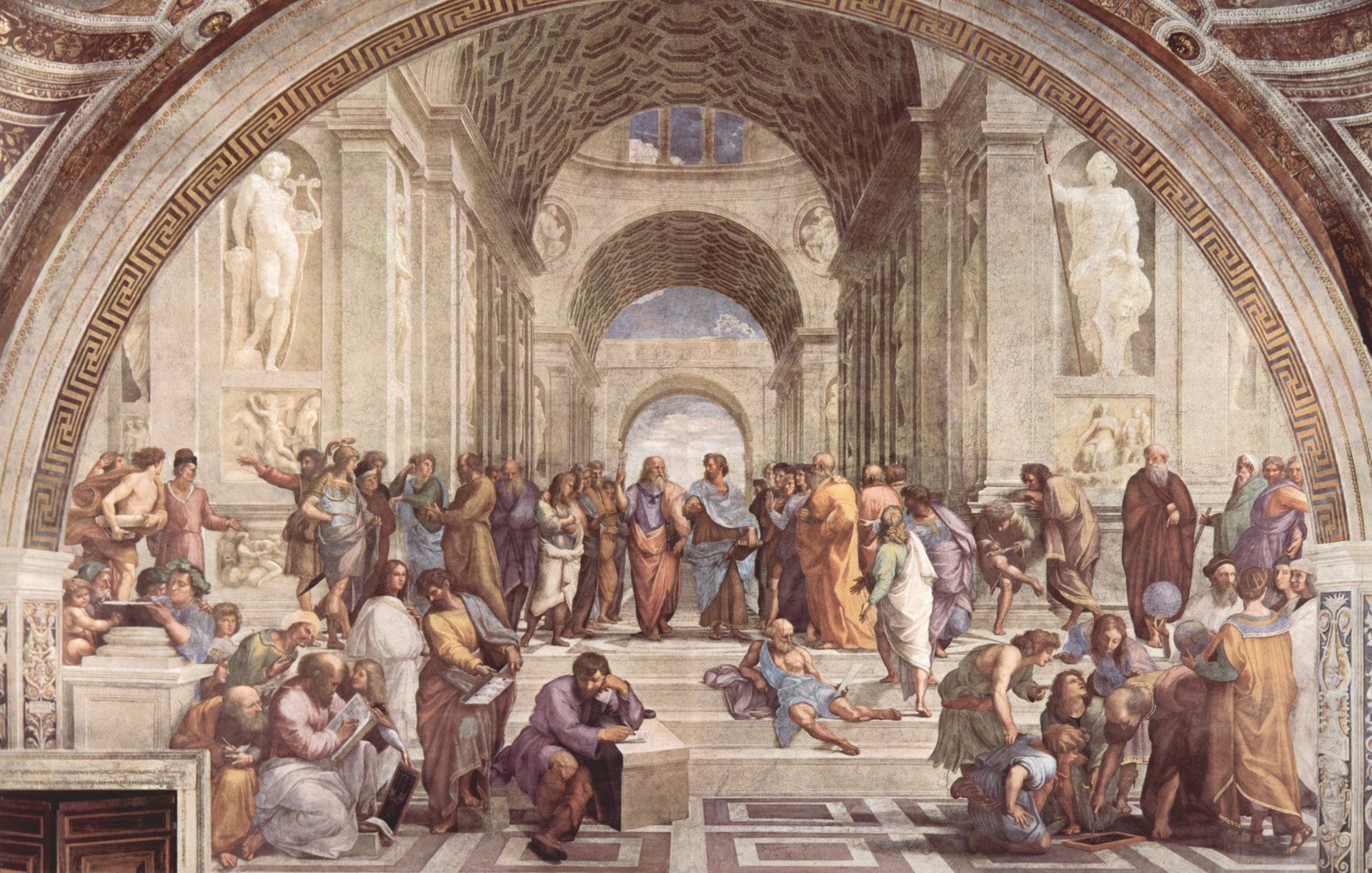Neanderthals were early humans who lived approximately one hundred thousand to three hundred thousand years ago. Their art often consisted of pictures of animals, much like the art found by the little girl Maria and her father when they discovered the Cave of Altamira in Spain. The animals depicted in the pictures include horses, bison, cows, marine life, and more.
Art historians and researchers to this day discuss the possible reasons why  early humans were creating these images. One assumption is that people were too preoccupied with figuring out how to get food and survive to create art, which is why it is so important that art historians understand what was going on. Their discoveries may help researchers in other disciplines, such as evolutionary biology and psychology.
early humans were creating these images. One assumption is that people were too preoccupied with figuring out how to get food and survive to create art, which is why it is so important that art historians understand what was going on. Their discoveries may help researchers in other disciplines, such as evolutionary biology and psychology.
One theory put forward by art historians is that people were creating art only to decorate their dwellings. Another is that people were creating art as a way to find their place in the world and drawings helped them to make sense of what was going on in their lives and around them. Another idea is that the art was a way for early humans to tell stories and create written history without using words.
There are other hypotheses about the art of cave dwellers, too. Some scientists think that the drawings had a religious aspect to them and served a ritualistic function. At the same time, many scholars think that paintings convey respect for animal life and the process of hunting.
 Much like the art in the Altamira cave, art found at various sites all across North America also dates back thousands of years. People living in North America decorated their caves with paintings and rock art in a similar manner to people who lived in Europe.
Much like the art in the Altamira cave, art found at various sites all across North America also dates back thousands of years. People living in North America decorated their caves with paintings and rock art in a similar manner to people who lived in Europe.
In addition to ancient paintings and carvings on the walls of caves, archaeologists have also discovered multiple sculptures and statues. One of the more famous of them is the Venus of Wolf, a statue made from limestone. The statue is very small at only 11 centimetres tall, but many experts believe it is over 25,000 years old. The statue proves that, at some point in human history, people evolved beyond simply satisfying their survival and food needs and started creating art.

